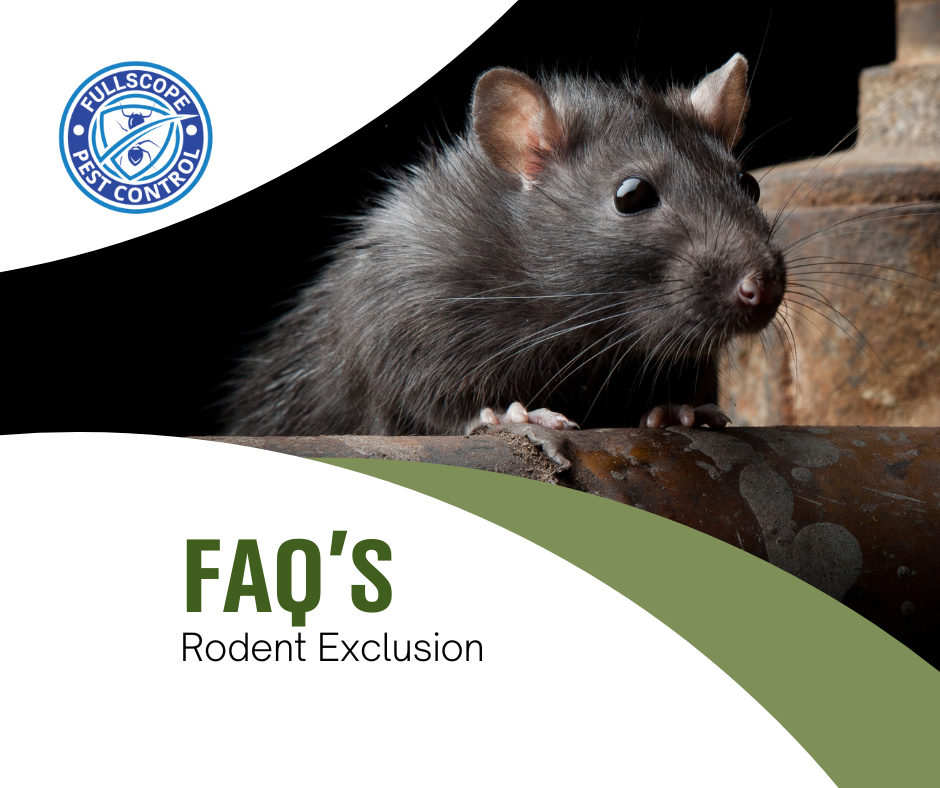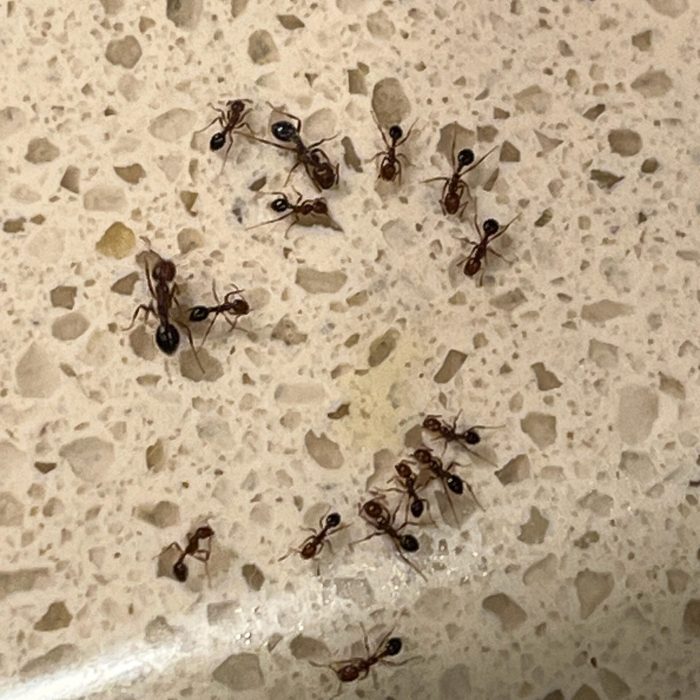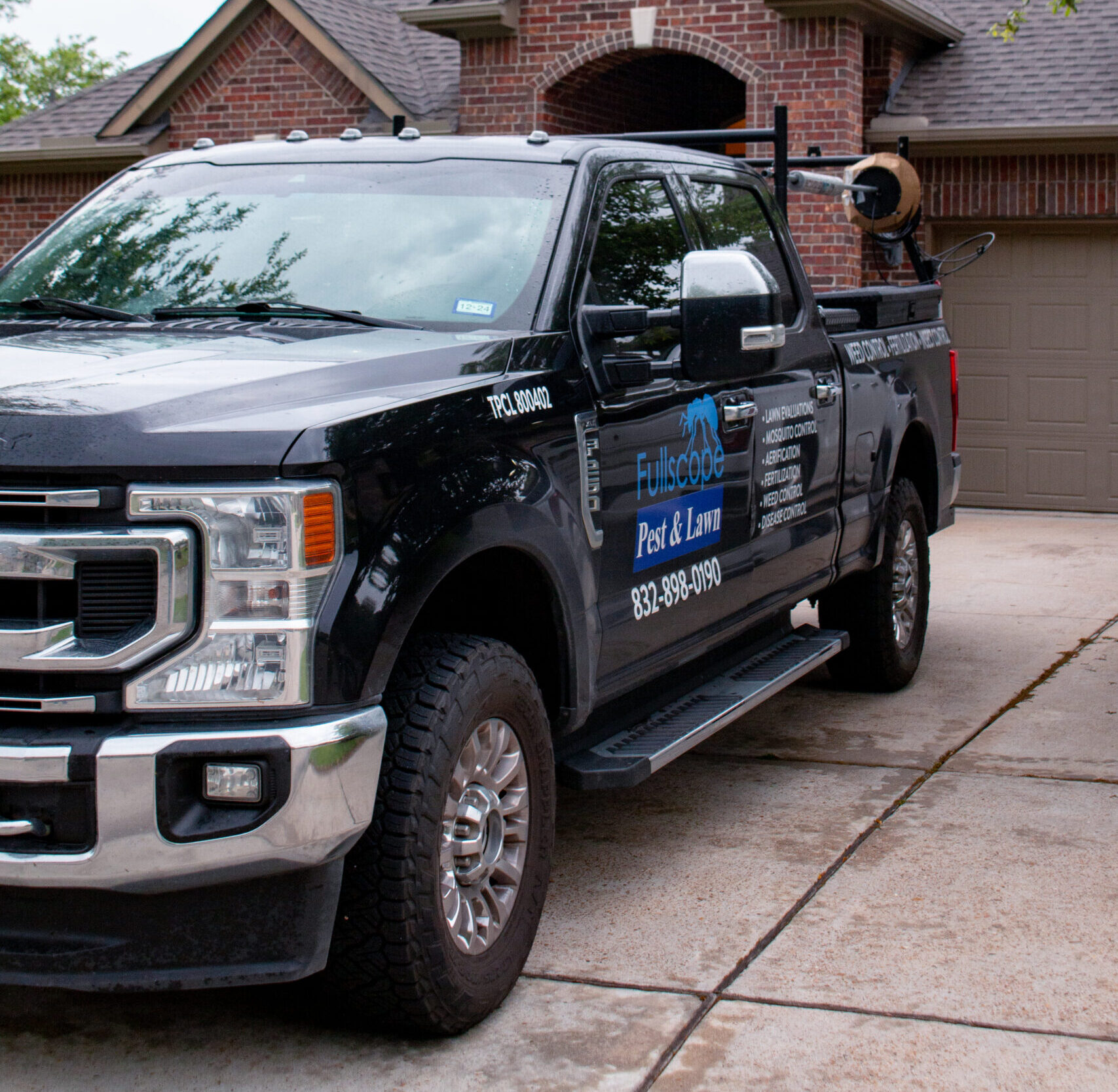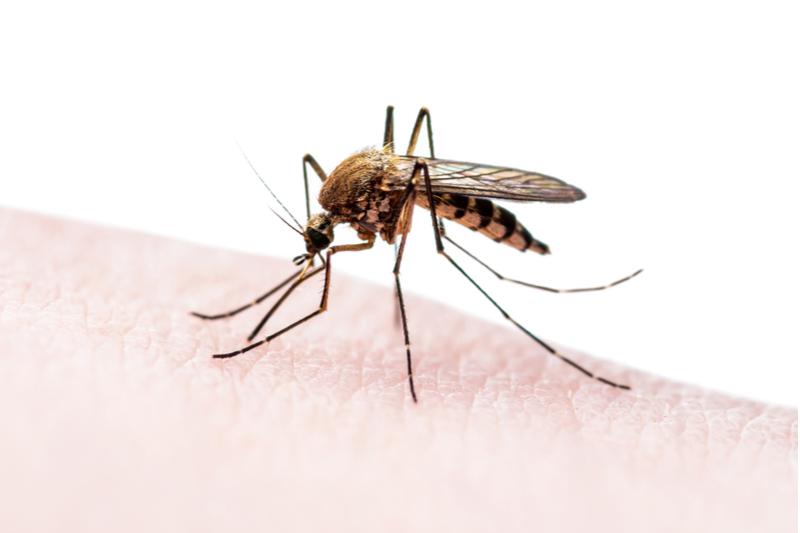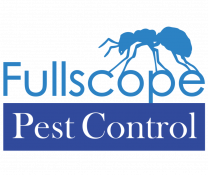Rodent exclusions refer to measures taken to prevent rodents, such as mice and rats, from entering buildings or spaces.
Here are some frequently asked questions (FAQs) about rodent exclusions:
- What is rodent exclusion?
- Rodent exclusion involves implementing measures to keep rodents out of a particular area, typically a building or structure. This includes sealing entry points and making the environment less attractive to rodents.
- Why is rodent exclusion important?
- Rodents can pose health risks and cause damage to property. Excluding rodents helps prevent infestations, protects the structural integrity of buildings, and reduces the risk of diseases transmitted by rodents.
- What are common entry points for rodents?
- Rodents can enter through gaps and cracks in walls, floors, and foundations. Common entry points include gaps around doors and windows, utility penetrations, vents, and openings in the building structure.
- How can I identify if my property has rodent entry points?
- Look for signs of gnawing, droppings, or grease marks along potential entry points. Conduct a thorough inspection, both inside and outside, to identify and seal any openings.
- What materials are used for rodent exclusion?
- Materials commonly used for rodent exclusion include steel wool, hardware cloth, mesh screens, caulk, foam insulation, and weather stripping. These materials help seal gaps and prevent rodents from entering.
- Can I do rodent exclusion myself, or should I hire a professional?
- Simple exclusion tasks, such as sealing small gaps, can often be done by homeowners. However, for more extensive or complex exclusion measures, it’s advisable to consult with a pest control professional.
- Are there any natural methods for rodent exclusion?
- While sealing entry points is crucial, maintaining cleanliness and removing potential food sources can also discourage rodents. Keep food stored in sealed containers, dispose of garbage properly, and eliminate standing water.
- How often should I inspect for rodent entry points?
- Regular inspections are essential, especially during seasonal changes. Check for new gaps or openings and address them promptly. Prevention is key to avoiding rodent infestations.
- What should I do if I find evidence of rodents despite exclusion efforts?
- If rodents are still present, it’s important to address the infestation promptly. Consider seeking professional pest control services to implement effective rodent control measures.
- Does rodent exclusion work for both mice and rats?
- Yes, rodent exclusion methods are generally effective for both mice and rats. The key is to identify and seal off potential entry points to prevent these pests from entering the premises.
Remember that effective rodent exclusion is a combination of sealing entry points and maintaining a clean environment to make the area less appealing to rodents. If you have specific concerns or a severe infestation, consulting with a pest control professional is recommended.

